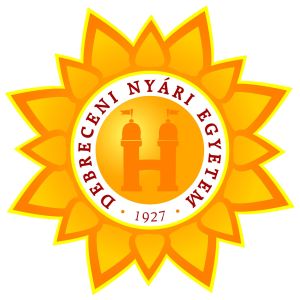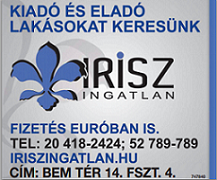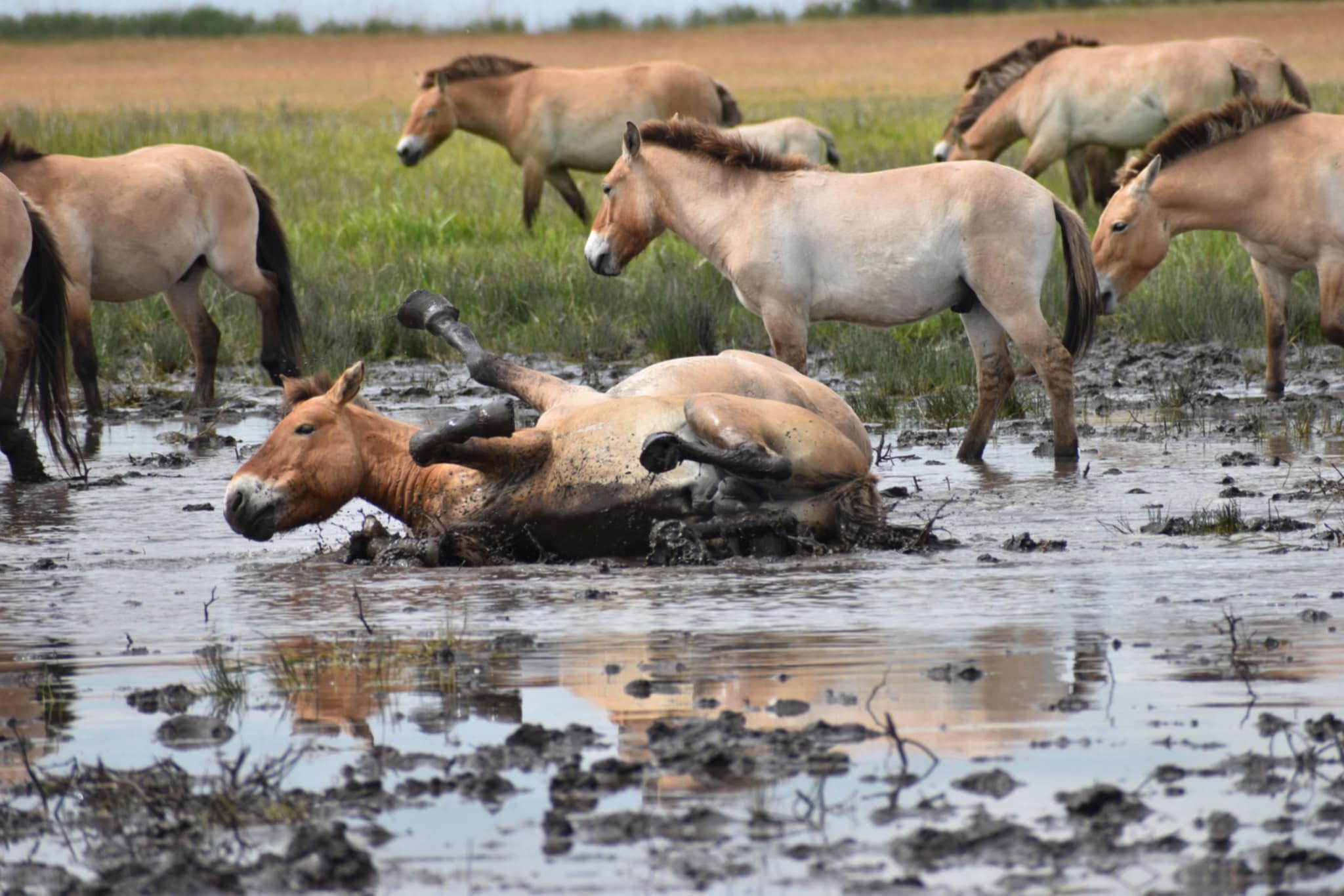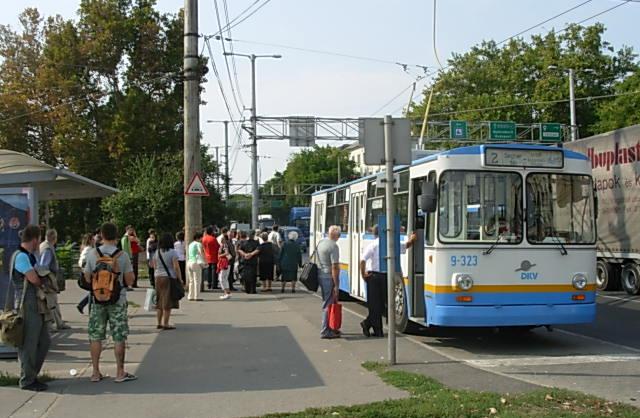Przewalski’s horses will be reintroduced from Hortobágy to Kazakhstan’s Altyn Dala Reserve in June — announced the Hortobágy National Park Directorate and the Budapest Zoo and Botanical Garden at a joint press conference in Budapest.
At the event held at the zoo, Péter Csobán, expert of the Hortobágy National Park’s Pentezug Project, emphasized that without zoos and breeding programs, the Przewalski’s horse would have joined the list of extinct species.
He recalled that this Asian subspecies of the Eurasian wild horse lived in Central Asia until the late 19th century, but disappeared due to human impact, competition with domestic animals, habitat degradation, and hunting.
The horses being reintroduced have lived undisturbed in the 3,000-hectare Pentezug area of Hortobágy since 1997, where their population has increased tenfold since then, he noted.
Csobán also highlighted the ecological importance of the wild horse, saying it helps create a healthy ecosystem and habitat that supports the survival of other species as well.
The selected animals — young mares with high genetic value — were chosen by the zoo’s species coordinator. They are meant to establish and sustain a new population in Kazakhstan.
Endre Sós, Director of Conservation and Veterinary Services at the Budapest Zoo, explained that as part of the reintroduction process, the horses are quarantined and undergo health screenings. After that, the Czech Air Force will fly them to Kazakhstan, where they will be transported over land for 8–12 hours to reach their new home.
The Przewalski’s horse is the last surviving wild, non-domesticated horse species, named after its discoverer, Russian explorer Nikolai Przhevalsky. In Hungarian, it is also known as the Asian wild horse. The last wild populations lived in Mongolia but disappeared in the 1960s.
The species was saved from extinction through coordinated zoo breeding efforts. Reintroduction to the wild began in the 1990s.


















